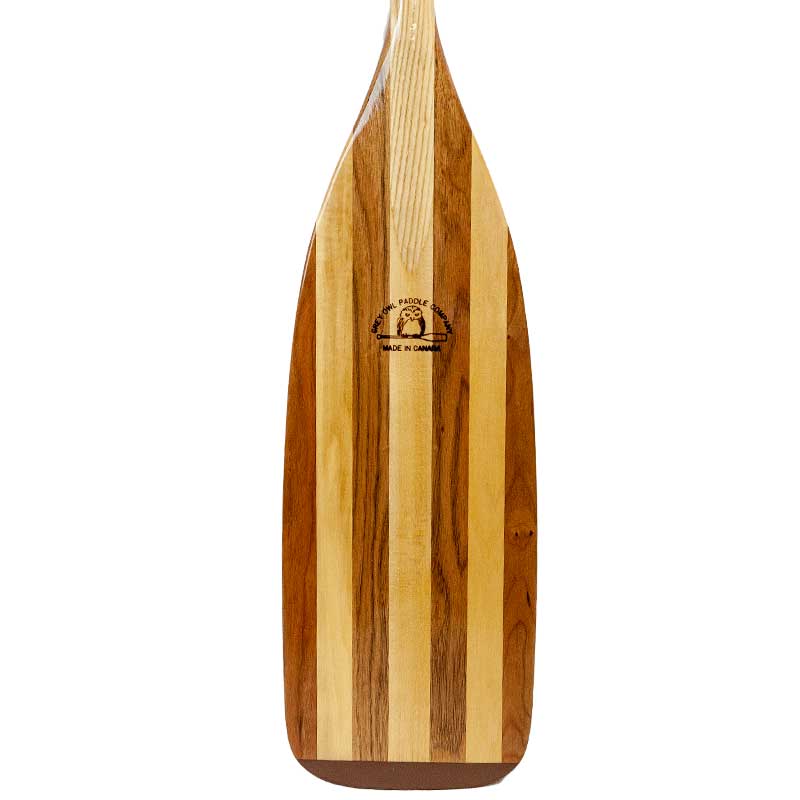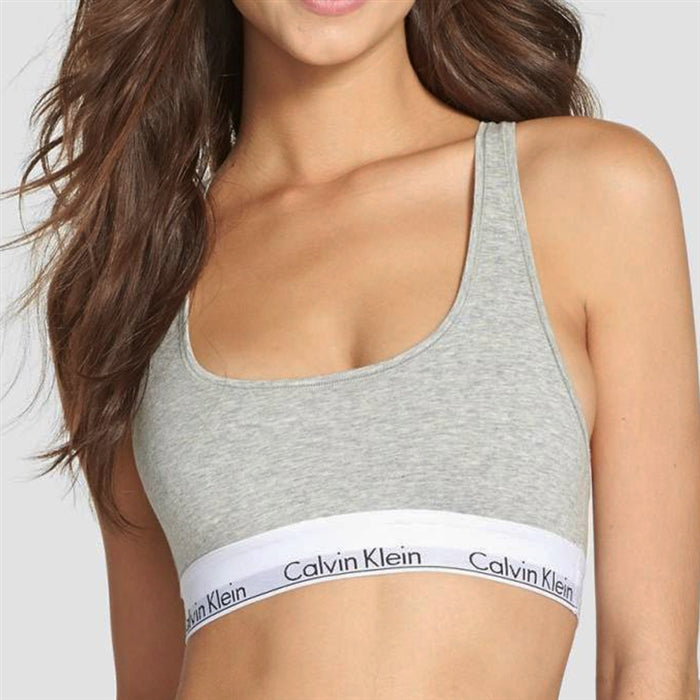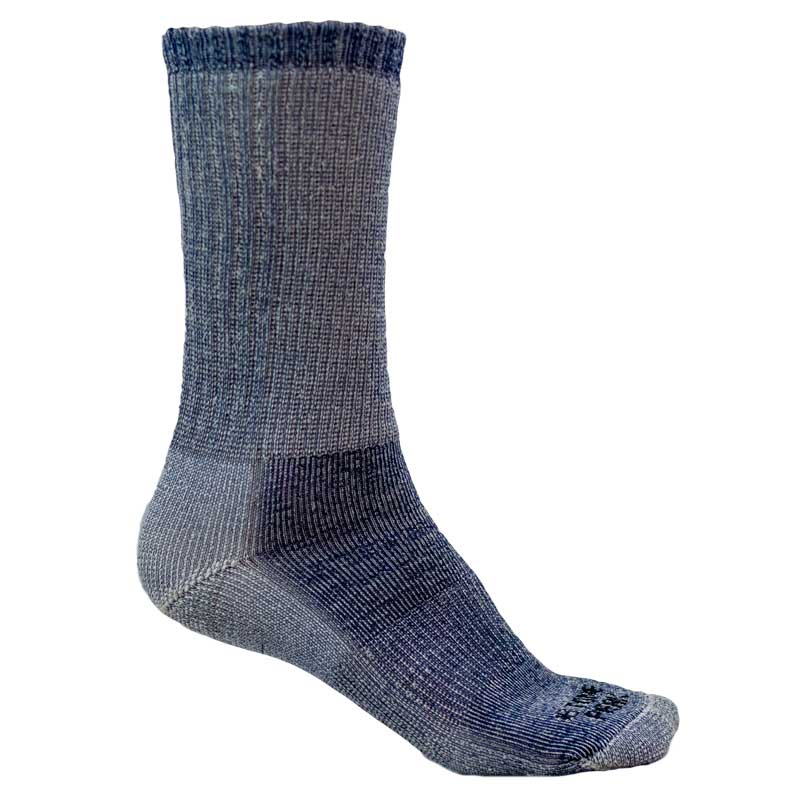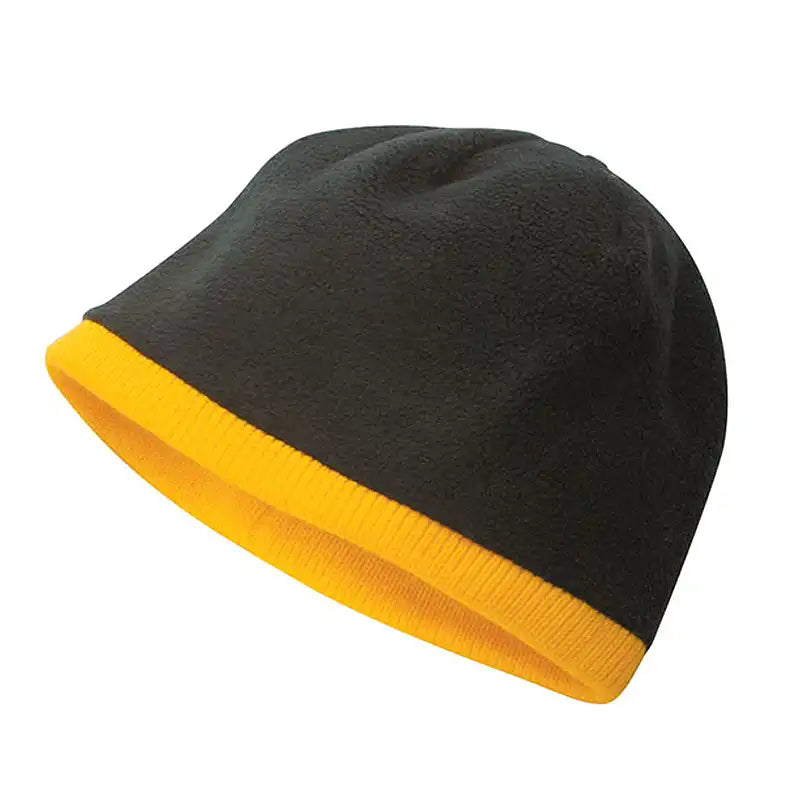Menu

A lot of words about Choosing a Paddle.
I see the innate hockey player in the people who shop our store almost every day. They walk up to our paddle rack, pull down a nice looking paddle and stand it on the floor in front of them. And just like a hockey player choosing a stick: if the paddle stands to between their chin and their nose they nod their head and troop off to the cash to purchase their new paddle. This sizing method works for hockey sticks just fine - but with paddles a little more consideration is needed. Don't get me wrong, I'm sure that hockey-sized paddle will do just fine for occasional paddlers (and as the odd makeshift goal stick). But here's the deal: If you take a little time and figure out what you need, you are going to get a paddle that will be more efficient, suit your style of paddling, and allow you to move farther, faster.

Anatomy of a Paddle
Fitting a paddle involves more than just overall length. It involves Shaft length, Blade type, and grip shape - not to mention what and where you are paddling (We sell mostly flat water and recreational paddles - that's where the focus of this article is). So let's get the language barrier out of the way. Paddles are a relatively simple item with a few key parts. The top end, where you place your hand is the 'grip.' The long part between your hands is the 'shaft,' and the 'throat' (also called the 'shoulder') is where you place your lower hand - just above the flare where the shaft widens out to become the blade. The wet end of the blade is called the tip.
2 Ways to Fit a Paddle
The most important part of fitting your paddle is the shaft length, and unlike your hockey stick, your overall height has little to do with the length of your paddle. Keep in mind that something like 80% of all paddlers can use a 54"-60" paddle. The key here is the length of your torso. There are many theories and methods to figure this, but I'm just going to cover two:

The Eyeball Method
When you come into the store, we are going to have you stand with the paddle on your head. And no, it's not just so we can laugh at how silly you look. Grab the paddle with your hands on the shaft just below the grip and at the throat. Then hold the paddle - shaft centered - on your head. The angle at your elbows should be about 90 degrees. If your arms are wider than 90, the paddle is too long, and if your arms are narrower, the paddle is too short. This is a general guideline and works in almost all cases - especially for a recreational paddler. But don't forget that the blade needs to reach the water, so how you position yourself and the depth of your boat are also factors here.

The Technical Method
We recommend this method for sizing at home on our paddle product pages if you are paddle shopping online. Sit (don't slouch!) on a wooden, straight backed chair. Measure from the seat of your chair to your chin, and then add 6". That should give you a good indication of the length of shaft you need, factoring in the level of the water. Pick a paddle with an appropriate shaft length (remember that the blade length is usually included in an overall paddle measurement - be sure to look for the shaft length).
Blade type
This is where a lot of people seem to get hung up. What's the difference between a Beavertail and a Voyageur style paddle blade? Why would I pick one over the other? Lets go back to that hockey stick analogy; when you start to play hockey, you can pretty much use any stick and get used to it. It takes time to figure out if you prefer a straight blade (to give you a stronger backhand shot) or one with a crazy illegal curve (for the wicked wrist and snap shots to the top corners). Paddles are no different, really.

Many people happily spend their entire paddling careers using a basic Beavertail paddle (A Grey Owl Tenderfoot or Owlet). Wide, long and rounded. Shaped like, well, the tail of a beaver. This is an ideal all-purpose shape. It provides lots of surface with which to 'pull’ water, the rounded edges give a smooth entry and exit for each paddle stroke, it is not too deep and can serve in shallower and faster water in a pinch, as well as being useful for a nice flat water tour.

An Ottertail paddle (my paddle shape of choice. Grey Owl Guide is closest) is designed a little more with flat water in mind. It's a little longer so it grabs the less turbulent water that's a little deeper down. And it provides a little more control - which is why it is a choice for many Soloists. It tends to be a little long and narrow for shallower, faster water.

The Voyageur style blade is wide and square. It takes a little more skill to have this paddle enter and exit the water without catching the sharper corners on the water, but the tradeoff is that it will pull more water with each stroke. It does require a little more strength and endurance on longer jaunts, but it is also more effective in shallower water than the Beaver or Otter tail because of its width at the tip.
There are as many different styles of paddle blade as there are people who make them - these are just three of the most common. If you shop around you'll note that every manufacturer has their own spin on even these three basics. You should never hesitate to try out something new, because who knows - it may work for you.
Grip Shape

The last real variable for fit is the shape of the grip. There are basically two options: the 't-grip', and the 'pear' or 'palm' grip. The majority of recreational and flat water paddles on the market are built with a smooth, shaped palm grip. It is infinitely more comfortable for longer trips (you will probably be taking something like 1000-1600 strokes an hour - you want to be comfortable!). The t-grip gives your top hand a little more leverage, providing you with more control in tight situations. This grip is more popular among white-water enthusiasts, and it is often recommended for children because their smaller hands have an easier time holding the t-shape.
Construction and other considerations.
If you are detail oriented, there are a lots of other variables to look into when learning about paddles. Wooden paddles come in all varieties - heavier paddles for durability, lighter for comfort and endurance. One Piece construction for strength, Laminated for cost and/or beauty. Resin tips to protect from rocks and sand are also very popular.
Wood seems to be the material of choice for recreational paddlers – for the warmth in the hand and for tradition more than anything else but there are other options: Aluminum/plastic for lighter weight and lower cost. Carbon fiber and other synthetics for strength and weight. My last trip, I saw a large number of bent shaft paddles which add huge efficiency and power, but subtract a little in the control and grace of a well cadenced paddle.
Basically the best way to pick a paddle is to go out and try different things. Start with the basics like a Beavertail, and learn what works for you. Where are you going to be paddling most and what kind of trips? Like your hockey stick, you will develop a preference and build familiarity with every stroke, and like your hockey stick you should always carry a spare - in case of breakage.
Keep your stick on the ice and happy paddling!
- Choosing a selection results in a full page refresh.







